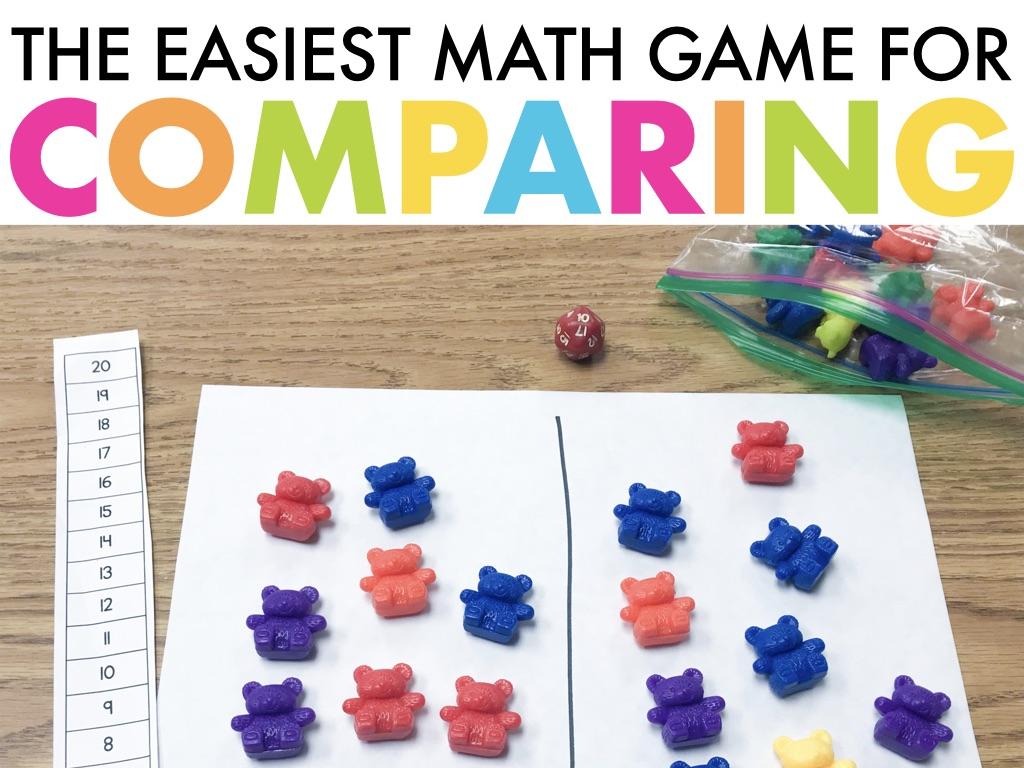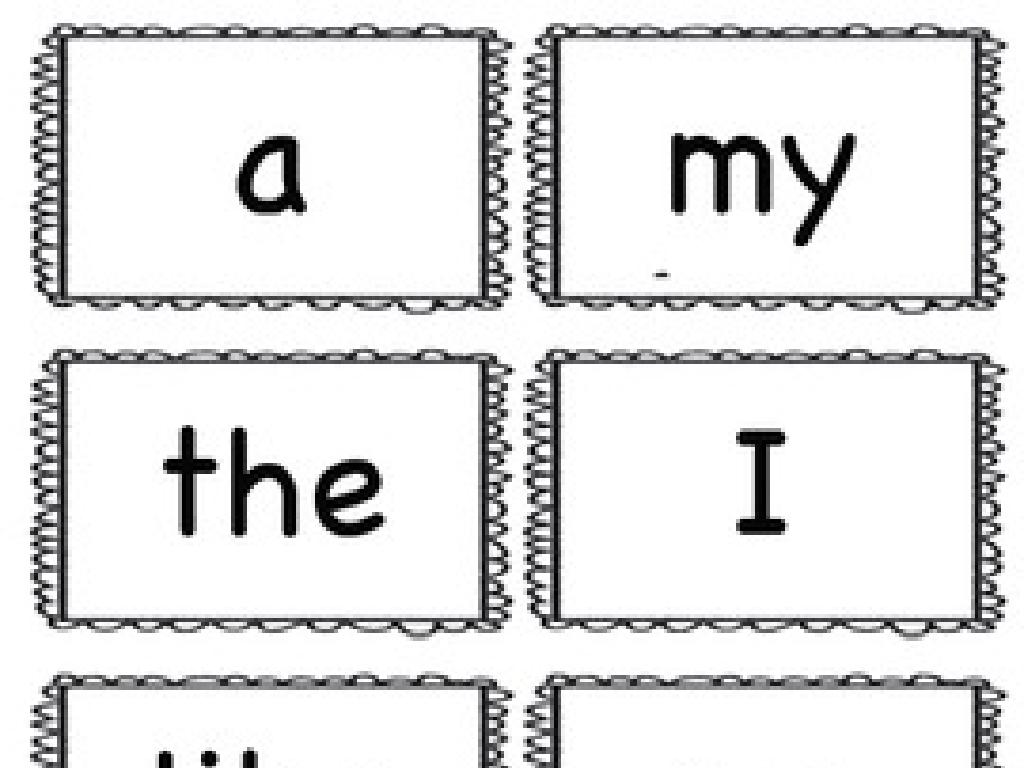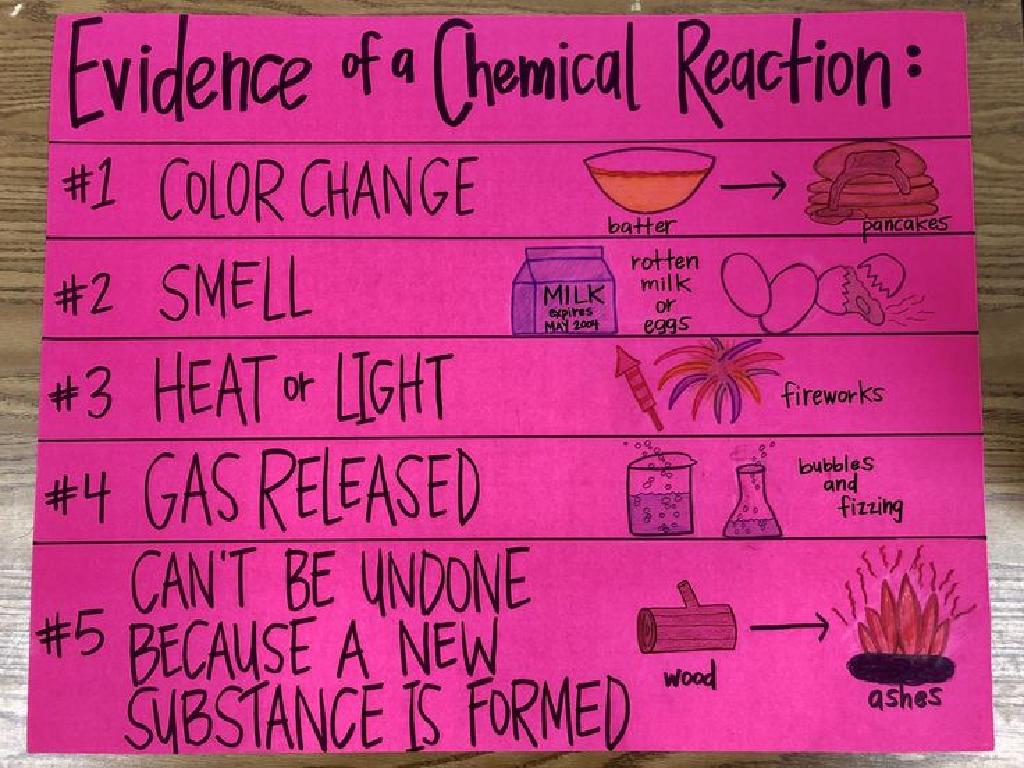Solve One-Step Inequalities
Subject: Math
Grade: Seventh grade
Topic: One-Variable Inequalities
Please LOG IN to download the presentation. Access is available to registered users only.
View More Content
Introduction to Inequalities
– What are inequalities?
– An inequality shows the relationship between two expressions that are not equal.
– Inequalities vs. equations
– Unlike equations, inequalities do not show equality but rather a greater or lesser relation.
– Inequalities in daily life
– Examples: Age restrictions for games, minimum height for rides.
– Solving one-step inequalities
– Use inverse operations to find the range of solutions.
|
Begin the lesson by defining inequalities and how they differ from equations, emphasizing the concept of ‘greater than’ or ‘less than’ rather than ‘equal to’. Draw parallels between equations and inequalities to help students transition smoothly into understanding inequalities. Provide relatable real-life scenarios where inequalities are applicable, such as age limits or height requirements, to illustrate their importance. Finally, introduce the method of solving one-step inequalities using inverse operations, setting the stage for more complex problem-solving in subsequent lessons. Encourage students to think of other daily situations where inequalities are present.
Understanding Inequality Symbols
– Symbols: > and ‘ means more than, ‘ 12’ for teens, ‘Height d 2 meters’ for doorways
– Interpreting inequalities
|
This slide introduces students to the fundamental symbols used in one-step inequalities and their meanings. The symbols ‘>’ and ‘<' represent 'greater than' and 'less than,' respectively, while 'e' and 'd' include equality, meaning 'greater than or equal to' and 'less than or equal to.' It's crucial to provide real-world contexts to help students grasp these concepts, such as age restrictions or height requirements. Encourage students to think of other everyday situations where these symbols might apply. Understanding these symbols is the first step in solving one-step inequalities, which they will encounter in various real-life scenarios.
Solving One-Step Inequalities
– Solve using addition/subtraction
– Example: x + 3 > 5
– Subtract 3 from both sides: x > 2
– Example: y – 2 d 7
– Add 2 to both sides: y d 9
– Check solution on a number line
– Plot the solution to visualize it
|
This slide introduces students to solving one-step inequalities using addition or subtraction. Start by explaining that the process is similar to solving equations, but the inequality sign must be preserved. For the first example, show how subtracting 3 from both sides of the inequality isolates the variable x. For the second example, demonstrate adding 2 to both sides to find the value range for y. Emphasize that the solution to an inequality is a range of values, which can be represented on a number line. Encourage students to always check their solutions by substituting values back into the original inequality.
Solving One-Step Inequalities: Multiplication & Division
– When to use multiplication/division
– Example: Solve 4x < 20
– Divide both sides by 4 to find x 6, dividing by -2 gives x < -3
– Practice with different inequalities
|
This slide focuses on solving one-step inequalities using multiplication or division. Students should use multiplication or division when the variable is multiplied or divided by a number. For example, to solve 4x < 20, divide both sides by 4 to isolate x, resulting in x < 5. It's crucial to highlight that when multiplying or dividing by a negative number, the direction of the inequality sign must be reversed. This is a common mistake area, so emphasize this rule. Encourage students to practice with various inequalities, including those with negative coefficients, to solidify their understanding. Provide additional examples and practice problems in class to ensure mastery of this concept.
Graphing One-Step Inequalities
– Representing solutions on a number line
– Plot the solution range of an inequality on a line
– Open vs. closed circles meaning
– Open circle: not including the number, closed: including it
– Graphing inequality examples
– Use number lines to graph x > 3 or x <= 5
– Practice with various inequalities
|
This slide introduces students to the concept of graphing one-step inequalities on a number line. Begin by explaining how to represent the solution set of an inequality on a number line, emphasizing the difference between open and closed circles. Open circles indicate that the number is not part of the solution, while closed circles mean the number is included. Provide graphing examples for different types of inequalities, such as ‘greater than’ and ‘less than or equal to.’ Encourage students to practice by graphing various inequalities themselves, reinforcing the concept of open and closed circles. This visual representation will help them better understand and solve one-step inequalities.
Solving One-Step Inequalities
– Solve: m – 4 > 3
– Add 4 to both sides: m > 7
– Graph the solution of m
– Solve: -2n d 8
– Divide both sides by -2: n e -4
– Graph the solution of n
|
This slide is designed for a class activity where students will practice solving one-step inequalities and graphing their solutions. For the first inequality, guide the students to isolate the variable by adding 4 to both sides of the inequality, resulting in m > 7. Then, show them how to graph the solution on a number line. For the second inequality, instruct students to divide both sides by -2, remembering to reverse the inequality sign because they are dividing by a negative number, resulting in n e -4. Again, demonstrate how to graph this on a number line. Encourage students to check their solutions by picking a number that satisfies the inequality and substituting it back into the original equation. Provide additional similar problems for students to solve independently and graph.
Class Activity: Inequality Scavenger Hunt
– Find hidden inequalities in class
– Solve inequalities with a partner
– Discuss strategies and compare answers
– Graph your solutions together
– Use a number line for visual representation
– Share findings with the class
|
This interactive activity is designed to engage students in solving one-step inequalities by turning the classroom into a playful learning environment. Hide several inequalities around the classroom before the lesson. Students will work in pairs to find and solve these inequalities, encouraging collaboration and discussion. Once they find an inequality, they should graph their solutions on a number line to visually represent the solution set. Afterward, each pair will present their findings to the class, explaining their thought process and how they graphed their solutions. This will help reinforce their understanding of inequalities and graphing while allowing them to learn from each other. Possible variations of the activity could include using different inequality symbols, incorporating word problems, or having a timed challenge.
Conclusion: Mastering One-Step Inequalities
– Recap: Solving one-step inequalities
– Review the methods used to solve inequalities like x + 3 > 5 or 2y d 8
– Importance of verifying solutions
– Always substitute the solution back into the original inequality to check
– Homework: Solve & graph 10 inequalities
– Practice with different inequality types and represent solutions on a number line
– Emphasize careful work and accuracy
|
As we wrap up today’s lesson, remind students of the key steps in solving one-step inequalities and the importance of checking their work by substituting the solution back into the original inequality. For homework, students are to solve 10 one-step inequalities, ensuring they understand the process and can accurately represent their solutions graphically on a number line. This practice will reinforce their skills and prepare them for more complex problems. Encourage them to approach each problem methodically and to double-check their answers for accuracy.






